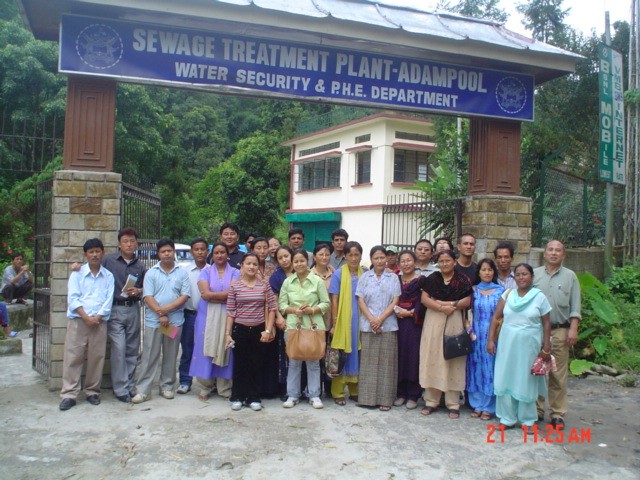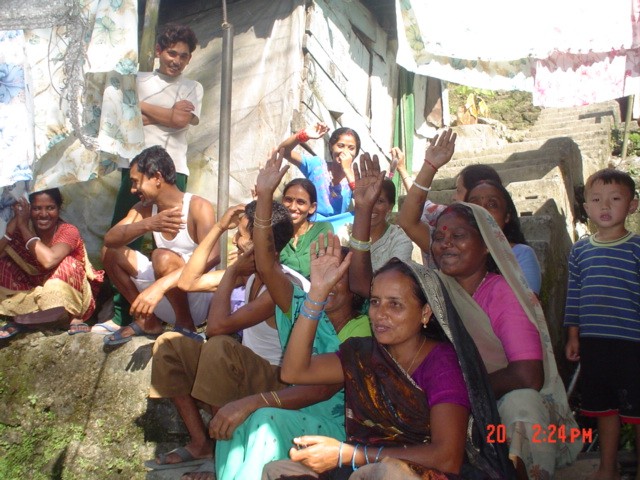Water Sanitation & Hygeine
Gangtok water supply and sanitation project
he Gangtok Water Supply and Sanitation Project (GWSSP), spearheaded by the Sikkim Development Foundation, aimed at revolutionizing water supply and waste management systems in Arithang, a bustling suburb of Gangtok, Sikkim.
Role
Designing, coordinating, and facilitating community-driven infrastructure improvements
Funded By:
AusAID and the Government of Sikkim
Start Date:
Mar 12, 2004
Area Served:
Arithang neighborhood, Gangtok, Sikkim
Arithang faced significant urban challenges, including inadequate water supply and ineffective waste management, exacerbated by its rapid urban expansion. The GWSSP aimed to address these critical issues through sustainable community-driven solutions.
Objectives
The project was designed to:
Enhance water supply systems to ensure reliable and adequate water distribution.
Implement solid waste management systems to improve sanitation and environmental health.
Promote community engagement and empowerment, ensuring sustainability and local ownership of infrastructure improvements.
Implementation Strategy and Achievements
Methodological Approach
The project employed a multi-faceted approach:
Community Mobilization: Engaging local stakeholders to ensure active participation.
Infrastructure Upgrades: Installing new water pipelines and waste management facilities.
Education and Awareness Campaigns: Conducting outreach to promote sustainable practices and improve hygiene.
Key Achievements
Infrastructure Development: Significant upgrades to water and sanitation infrastructure, leading to improved public health and environmental conditions.
High Community Involvement: Strong engagement results, with local stakeholders taking active roles in ongoing management and maintenance.
Establishment of UADS: Formation of the United Arithang Development Society to continue project initiatives and maintenance.
Table 1: Project Impact Overview
Key Metrics | Before Project | After Project |
|---|---|---|
Water Connectivity | 40% of homes | 85% of homes |
Functional Toilets | 30% | 95% |
Community Participation | Low | High |






